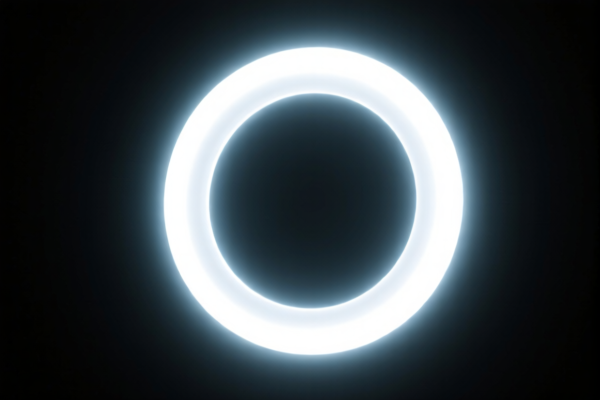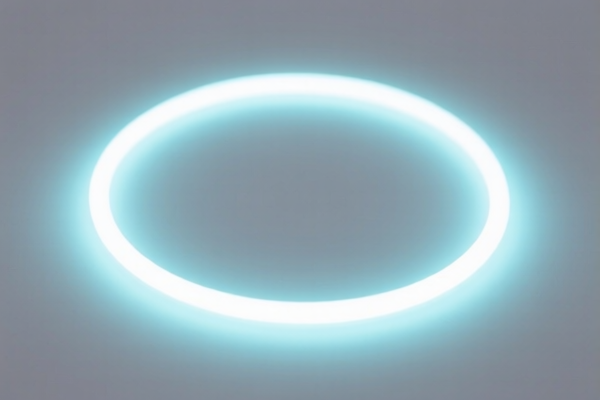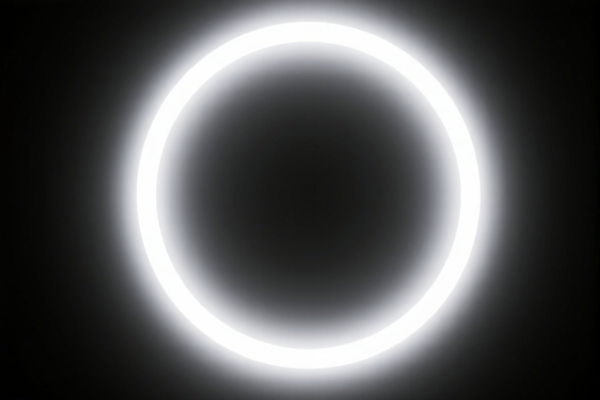| HS Code | Official Doc | Tariff Rate | Origin | Destination | Effective Date |
|---|---|---|---|---|---|
| 7103995000 | Doc | 48.0% | CN | US | 2025-05-12 |
| 7103991000 | Doc | 37.5% | CN | US | 2025-05-12 |
| 7104100000 | Doc | 40.5% | CN | US | 2025-05-12 |
| 7104995000 | Doc | 43.9% | CN | US | 2025-05-12 |
| 2530908050 | Doc | 30.0% | CN | US | 2025-05-12 |
| 2530908010 | Doc | 30.0% | CN | US | 2025-05-12 |
| 2529100000 | Doc | 55.0% | CN | US | 2025-05-12 |
| 2529210000 | Doc | 30.0% | CN | US | 2025-05-12 |
| 2839905000 | Doc | 58.1% | CN | US | 2025-05-12 |
| 2839901000 | Doc | 58.1% | CN | US | 2025-05-12 |
| 6815910011 | Doc | 55.0% | CN | US | 2025-05-12 |
| 6815994110 | Doc | 55.0% | CN | US | 2025-05-12 |
| 6801000000 | Doc | 57.8% | CN | US | 2025-05-12 |
| 3926904000 | Doc | 32.8% | CN | US | 2025-05-12 |
| 3921904010 | Doc | 34.2% | CN | US | 2025-05-12 |
| 3921905010 | Doc | 34.8% | CN | US | 2025-05-12 |




Luminous Stone
Luminous stone refers to a variety of materials exhibiting the property of luminescence – the emission of light without heat. This phenomenon occurs due to various mechanisms depending on the specific composition of the stone.
Materials & Mechanisms:
- Fluorescent Minerals: These stones absorb electromagnetic radiation (typically ultraviolet light) and re-emit it as visible light. Common fluorescent minerals include:
- Fluorite: Often displays a bright blue or green glow under UV light.
- Calcite: Can fluoresce in various colors depending on trace elements.
- Celestite: Exhibits a characteristic blue fluorescence.
- Willemite: Known for its intense green glow.
- Phosphorescent Minerals: Similar to fluorescent minerals, but continue to emit light after the excitation source is removed. This "afterglow" can last from seconds to hours. Examples include:
- Zinc Sulfide: Frequently used in glow-in-the-dark products.
- Strontium Aluminate: Offers a longer and brighter afterglow than zinc sulfide.
- Scintillating Minerals: Emit light when bombarded with ionizing radiation (alpha, beta, gamma rays, X-rays). Used in radiation detection.
- Chemiluminescent Stones: Produce light as a result of a chemical reaction. Less common as naturally occurring stones, but can be found in certain cave formations.
- Triboluminescent Stones: Emit light when mechanically stressed (crushed, rubbed, or fractured).
Purpose & Function:
- Decoration & Aesthetics: The visually striking nature of luminous stones makes them popular for ornamental purposes, jewelry, and displays.
- Scientific Research: Used in various fields, including geology, mineralogy, and physics, for identifying minerals and studying luminescence phenomena.
- Radiation Detection: Scintillating minerals are crucial components in radiation detectors used in medical imaging, nuclear power plants, and security systems.
- Novelty Items & Safety: Zinc sulfide and strontium aluminate are used in glow-in-the-dark paints, toys, and safety signage.
- Historical Applications: Historically, certain luminous stones were used for illumination or as curiosities.
Usage Scenarios:
- Mineral Collections: Displayed and studied for their unique fluorescent or phosphorescent properties.
- Glow-in-the-Dark Applications: Used in paints, coatings, and materials for safety markings, emergency lighting, and decorative purposes.
- Radiation Monitoring: Employed in detectors to identify and measure ionizing radiation levels.
- Geological Surveys: Used to identify specific minerals in rock formations.
- Artistic Installations: Incorporated into art pieces for visual effect.
Common Types (based on luminescence type):
- Fluorescent Stones: Fluorite, Calcite, Willemite, Scheelite
- Phosphorescent Stones: Zinc Sulfide, Strontium Aluminate
- Scintillating Stones: Various types of halides (e.g., Sodium Iodide)
- Uranium Glass: Contains uranium, causing it to fluoresce green under UV light. (Note: Contains radioactive material and should be handled with caution.)
Based on the provided information, “luminous stone” can be interpreted in several ways depending on its composition and application. The following HS codes may be relevant:
- 7103995000: This code covers “Precious stones (other than diamonds) and semiprecious stones, whether or not worked or graded but not strung, mounted or set; ungraded precious stones (other than diamonds) and semiprecious stones, temporarily strung for convenience of transport: Otherwise worked: Other: Other”. If the luminous stone qualifies as a precious or semiprecious stone (e.g., a naturally luminescent mineral), and is not diamond, this code may apply. The total tax rate is 48.0%, comprising a 10.5% base tariff, a 7.5% additional tariff, and a 30.0% additional tariff effective April 2, 2025.
- 7103991000: This code covers “Precious stones (other than diamonds) and semiprecious stones, whether or not worked or graded but not strung, mounted or set; ungraded precious stones (other than diamonds) and semiprecious stones, temporarily strung for convenience of transport: Otherwise worked: Other: Cut but not set, and suitable for use in the manufacture of jewelry”. If the luminous stone is a precious or semiprecious stone that has been cut but not set for jewelry making, this code may be applicable. The total tax rate is 37.5%, consisting of a 0.0% base tariff, a 7.5% additional tariff, and a 30.0% additional tariff effective April 2, 2025.
- 2530908050: This code covers “Mineral substances not elsewhere specified or included: Other: Other Other”. If the luminous stone is a mineral substance not specifically classified elsewhere, this code could apply. The total tax rate is 30.0%, consisting of a 0.0% base tariff and a 30.0% additional tariff effective April 2, 2025.
- 2530908010: This code covers “Mineral substances not elsewhere specified or included: Other: Other Celestite”. If the luminous stone is Celestite, this code is applicable. The total tax rate is 30.0%, consisting of a 0.0% base tariff and a 30.0% additional tariff effective April 2, 2025.
- 3926904000: This code covers “Other articles of plastics and articles of other materials of headings 3901 to 3914: Other: Imitation gemstones”. If the luminous stone is an imitation gemstone made of plastic or other materials, this code may be relevant. The total tax rate is 32.8%, consisting of a 2.8% base tariff and a 30.0% additional tariff effective April 2, 2025.
It is important to determine the exact composition of the “luminous stone” to select the correct HS code. If the stone is a naturally luminescent mineral, codes under Chapter 71 may be appropriate. If it is a synthetic material or an imitation, codes under Chapter 39 may be more suitable. If it is a mineral not specifically classified elsewhere, codes under Chapter 25 may apply.
Customer Reviews
No reviews yet.